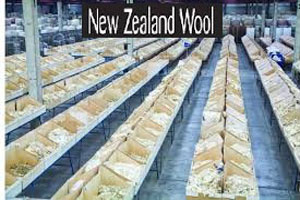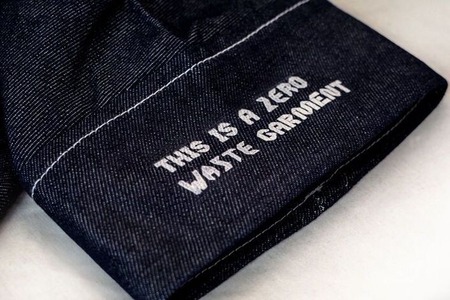
NZ wool clip likely to see further decline in upcoming season starting in July
YarnsandFibers News Bureau 2015-06-05 12:10:00 – New ZealandNew Zealand, the world's largest exporter of crossbred wool, is heading for its smallest annual wool clip in six years. The national clip is likely to see further decline in the upcoming season starting in July, falling to around 810,000 bales, according to Christchurch-based New Zealand Wool Services International, a unit of Australia's Lempriere and the nation's largest wool scourer and exporter.
It is reflecting the lowest sheep flock in more than 70 years, dry conditions and an increased focus on meat producing breeds of sheep.
New Zealand will probably produce 138,400 tonnes of greasy wool, or 833,700 wool bales, in the annual season that runs through June, down 5.4 per cent on the year earlier, according to farmer-owned industry organization Beef + Lamb New Zealand.
It would mark the lowest level since the 2008/09 season when the clip dropped to 132,400 tonnes as farmers abstain from a second shear in the face of low wool prices.
New Zealand's wool production has slumped in line with a reduction in the national sheep flock, which last year dipped below 30 million for the first time since 1943. Farmers in search of higher returns are converting their operations to dairy and switching to higher yielding meat breeds such as Finn and Texel and away from the traditional wool-focused Romney. Recent drought conditions have also dented the wool yield.
According to the latest figures from the International Wool Textile Organization, globally, sheep numbers have remained relatively stable, declining just 6 percent to 1.14 billion in the 23 years through 2013 as China's flock rose 32 percent while New Zealand's dropped 47 percent and Australia's declined 57 percent,
Due to which global wool production has slumped 42 percent over the same period to 1.2 million tonnes of clean wool, reflecting the decline in the higher yielding flocks of New Zealand and Australia, the world's two largest wool exporters.
The drop in wool volumes appears to be underpinning prices for the fibre, which had been losing ground to cheaper synthetic alternatives, according to NZ Wool Services.
The outlook for wool has stabilized" with stock numbers coming back into balance with demand, said Malcolm Ching, a marketing executive at NZWSI in Christchurch.
Prices for most wool types the past season have tracked either in line with or above the previous season, with lamb wool hitting its highest level in four years.
In previous seasons, everyone has moaned that the returns for wool don't even cover the cost of harvesting and managing the aspects around wool, it was meat that has been holding sheep farmers up, but wool in the last two seasons has actually contributed to the positive bottom line for sheep farmers, Ching said.
According to Ching, New Zealand's future wool production will be driven more by local farm management decisions than offshore demand, as more farms have been converted to dairy production.
Market Intelligence
Ask for free sample Report

experience
Customer Base
dedicated team
Countries Served Worldwide







![Freitag unveils new Mono[P6] circular backpack](https://www.yarnsandfibers.com/wp-content/uploads/2024/04/Freitag.jpg)

